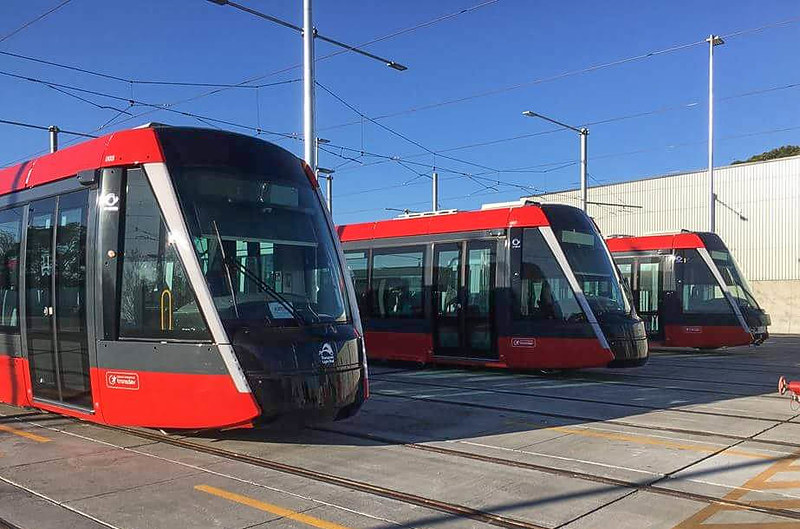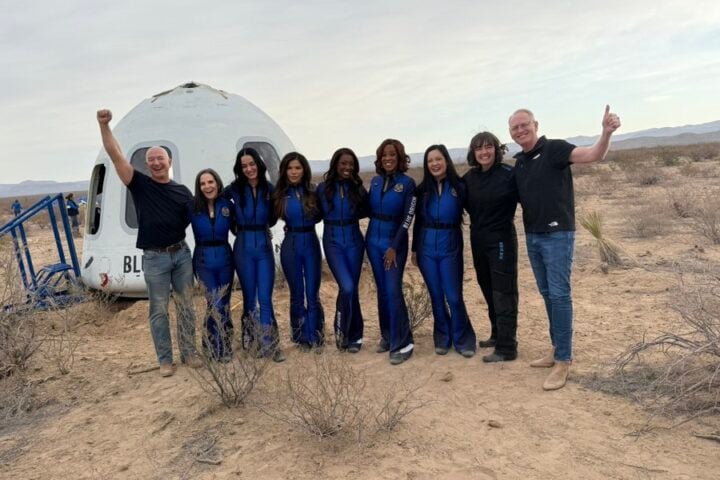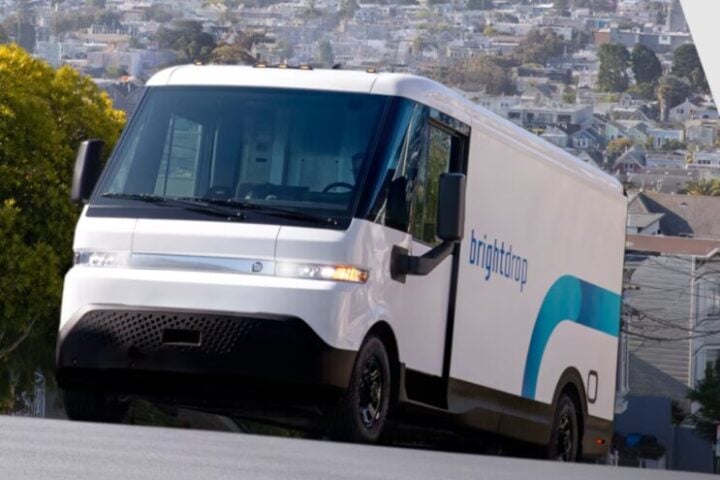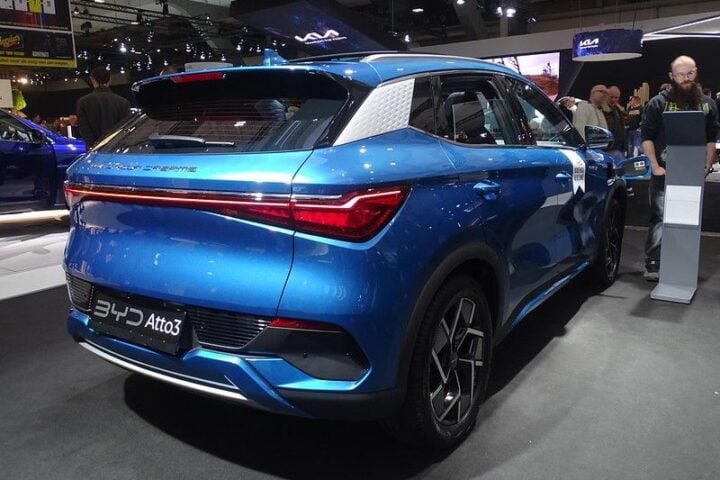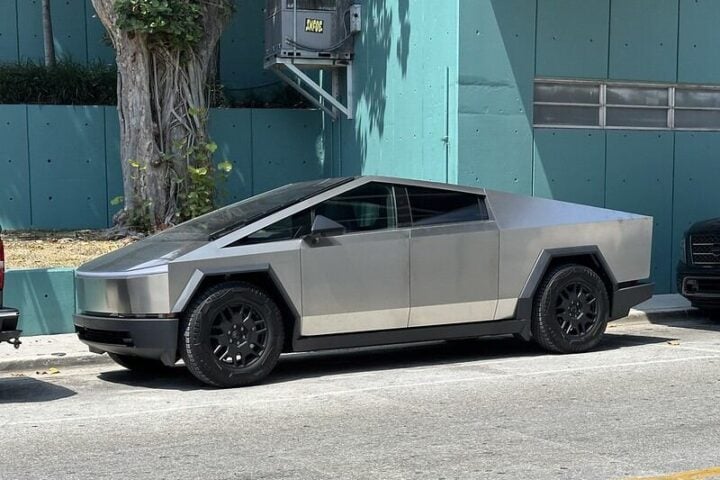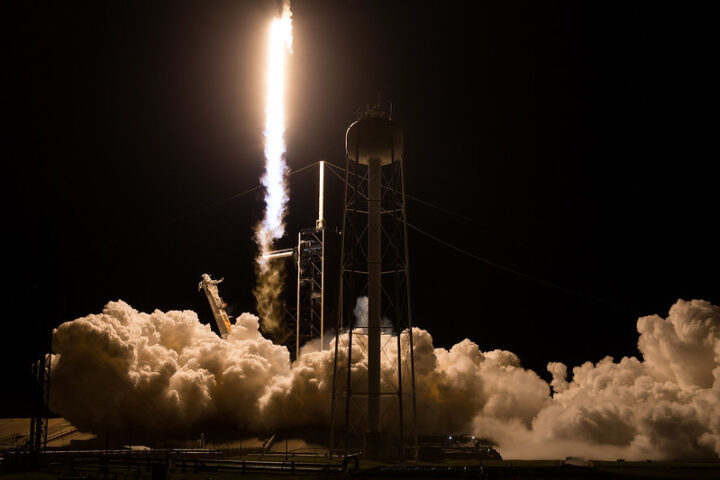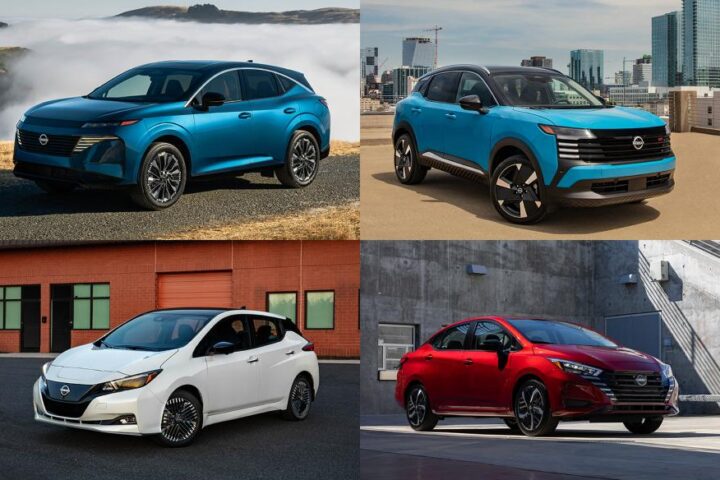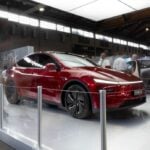In a coordinated international effort dubbed “Tesla Takedown,” hundreds of demonstrators gathered outside Tesla showrooms and service centers across the U.S. and worldwide on Saturday. The protests aim to reduce Elon Musk’s influence in the Trump administration by targeting the company that forms the foundation of his wealth.
Widespread Protests Span Continents
According to organizers, demonstrations occurred in at least 253 cities globally. In the U.S., protesters assembled in major cities including Chicago, New York, Los Angeles, Miami, and Seattle, as well as smaller communities.
“I want to do everything possible to protect democracy in this country,” said 65-year-old Phil Ansell at a Los Angeles rally. “Trump and Musk are acting like kings.”
In Michigan, Business Insider reported approximately 400 protesters at an Ann Arbor Tesla showroom and about 150 at another location in Troy. Most participants were seniors over 65, many retired from public-sector jobs as teachers, professors, and social workers.
Key Grievances Against Musk
The protests center on several major complaints:
Government Role and DOGE Initiative
Protesters particularly object to Musk’s unelected position in the Trump administration and his Department of Government Efficiency (DOGE) initiative, which has cut numerous federal jobs and programs.
“Elon is not an elected person, and he has no authority to dismantle our government and programs that help us American people,” Chicago resident Tina Smothers told ABC7 Chicago.
Joel Lava, who helps organize Los Angeles protests, told NPR: “He’s spearheading DOGE, which is spearheading our country’s destruction — literally destroying our country’s infrastructure.”
Social Security Concerns
Many protesters expressed anxiety about potential cuts to Social Security and other social programs. Francine Coeytaux, 72, told NPR she attended because her daughter with special needs relies on these benefits.
“It’s what allows her to live independently and to be able to pay rent and pay [for] food,” Coeytaux said. “She’s literally existing and living thanks to Social Security.”
Similar Posts
Labor Practices
Labor practices were mentioned in the source material as part of the broader context of concerns, with the document noting “the United Auto Workers (UAW) have increased their efforts to unionize Tesla workers, and this has been a driving force behind the protests.”
Autopilot Safety
“Tesla’s Autopilot and Full Self-Driving (FSD) features have been subject to intense scrutiny following numerous accidents” and mentioned regulatory investigations, which aligns with the brief mention in the write-up.
Environmental Impact
Environmental concerns were listed in the source material, noting “While electric vehicles are generally considered more environmentally friendly, Tesla’s manufacturing processes and supply chain have environmental impacts.”
Business Impact
The protest movement explicitly aims to damage Tesla’s business. Organizers have encouraged people to boycott the company by selling their Tesla cars and stocks.
Tesla’s sales have declined recently, though market analysts debate how much this connects to Musk’s political activities versus increased EV competition and other market factors. The company’s stock has fallen, partly in anticipation of auto tariffs, though analysts note Tesla may actually benefit from the Trump administration’s recently announced 25% import tariffs on foreign-made vehicles.
Some anti-Musk sentiment has turned violent, with reported vandalism of Tesla vehicles and facilities, though Tesla Takedown organizers emphasize they support only peaceful protest.
“If suddenly Musk becomes just another boring, low-end billionaire, Trump will dump him too, and that will also show the power we have as people to effect change,” Lava told NPR.

Mixed Public Response
Not all observers support the protests. Chicago resident Jake Diliberto, who recently purchased a Tesla Cybertruck, expressed frustration with the demonstrators.
“I care about greenhouse gas emissions. I like the storage of the car, so for me it’s more about greenhouse [gases], not paying for gas,” Diliberto told ABC7 Chicago. “You want to protest Trump, you want to protest Elon, then go ahead, but all this does is hurt the employees that work there.”
Organizers indicate protests will continue as long as Musk remains influential in the Trump administration.
Frequently Asked Questions
The “Tesla Takedown” is a coordinated international protest movement targeting Tesla showrooms and service centers. It aims to reduce Elon Musk’s influence in the Trump administration by pressuring the company that forms the foundation of his wealth. Demonstrations have occurred in over 250 cities globally, with protesters expressing concerns about Musk’s unelected government role, potential cuts to social programs, and his Department of Government Efficiency (DOGE) initiative.
Protesters have several major concerns about Elon Musk, including:
- His unelected position in the Trump administration
- His Department of Government Efficiency (DOGE) initiative, which has cut numerous federal jobs and programs
- Fears about potential cuts to Social Security and other social programs
- Labor practices at Tesla, including concerns about unionization
- Safety concerns regarding Tesla’s Autopilot and Full Self-Driving features
- Environmental impacts of Tesla’s manufacturing processes and supply chain
According to organizers, demonstrations have occurred in at least 253 cities globally. In the United States, protesters have assembled in major cities including Chicago, New York, Los Angeles, Miami, and Seattle, as well as in smaller communities. In Michigan alone, approximately 400 protesters gathered at an Ann Arbor Tesla showroom and about 150 at another location in Troy. The movement has gained significant traction internationally.
DOGE stands for the Department of Government Efficiency, an initiative spearheaded by Elon Musk in the Trump administration. Protesters are concerned because DOGE has cut numerous federal jobs and programs. Critics like Joel Lava, who helps organize Los Angeles protests, claim that DOGE is “destroying our country’s infrastructure.” Many protesters view Musk’s role in this unelected position as problematic for democratic governance.
The protest movement explicitly aims to damage Tesla’s business by encouraging people to boycott the company, sell their Tesla cars, and divest from Tesla stocks. Tesla’s sales have declined recently, though market analysts debate how much this connects to Musk’s political activities versus increased EV competition and other market factors. The company’s stock has also fallen, partly in anticipation of auto tariffs, though analysts note Tesla may actually benefit from the Trump administration’s recently announced 25% import tariffs on foreign-made vehicles.
No, not all Tesla owners or potential customers support the protests. For example, Chicago resident Jake Diliberto, who recently purchased a Tesla Cybertruck, expressed frustration with the demonstrators, stating: “I care about greenhouse gas emissions. I like the storage of the car, so for me it’s more about greenhouse [gases], not paying for gas. You want to protest Trump, you want to protest Elon, then go ahead, but all this does is hurt the employees that work there.” This indicates that some Tesla owners prioritize the environmental benefits of the vehicles regardless of Musk’s political activities.


